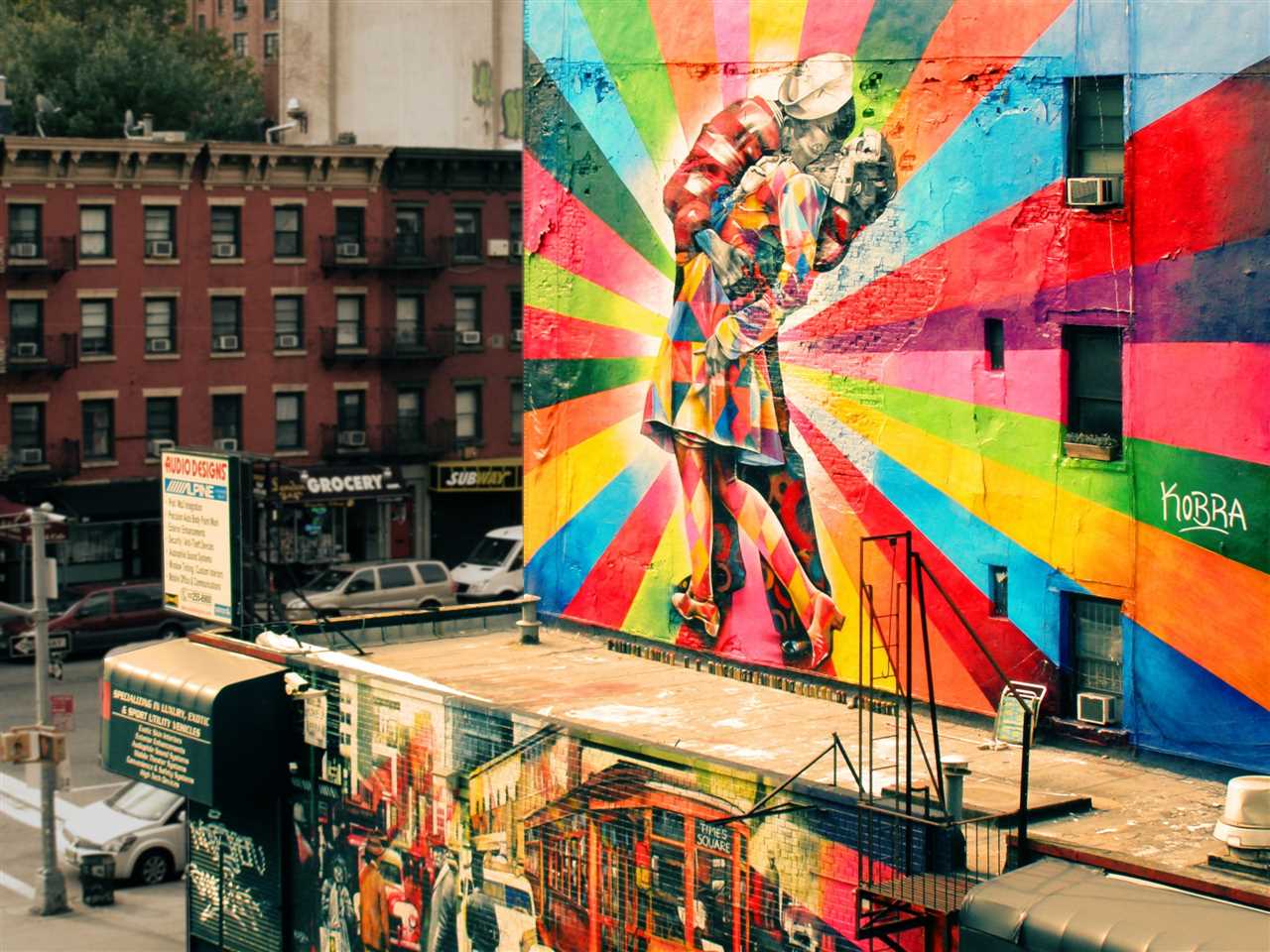
Street art graffiti is a powerful form of artistic expression that thrives in the urban environment. It is a fusion of creativity, rebellion, and social commentary that brings color and life to the concrete jungle. From towering murals to intricate tags, street art graffiti has become an integral part of the modern urban landscape.
What sets street art graffiti apart from other art forms is its ephemeral nature. Unlike traditional art that is confined to galleries or museums, street art graffiti is accessible to everyone. It has the power to captivate and provoke, making its mark on the streets and in the hearts and minds of the community.
Street art graffiti is more than just a visual feast for the eyes. It serves as a platform for artists to express their individuality and challenge societal norms. It is a form of activism, a voice for those who are marginalized, and a means of reclaiming public spaces.
In addition to its artistic value, street art graffiti has the potential to transform and revitalize neighborhoods. Murals and graffiti-covered walls create a sense of identity and pride, giving voice to the local community. They can turn dull alleyways into vibrant galleries, attracting tourists and contributing to the local economy.
Street art graffiti is a cultural phenomenon that pushes the boundaries of what art can be. It is a form of self-expression that resonates with people from all walks of life. From the gritty streets of New York City to the colorful lanes of Berlin, street art graffiti is an ever-evolving art form that continues to inspire and challenge us.
Street art has a rich history that dates back many years. This form of artistic expression originated from the hip-hop culture and graffiti movements in the 1970s. It emerged as a way for marginalized urban youth to communicate their thoughts, feelings, and experiences.
Initially, street art consisted mainly of graffiti tags, which were simple signatures or monikers that artists would use to mark their territory. However, as the art form evolved, so did the techniques and styles. Artists began to experiment with different mediums and tools, such as stencils, stickers, and wheatpaste, to create their works.
Graffiti Movements
The graffiti movements of the 1970s played a significant role in the development and popularization of street art. These movements, which emerged primarily in cities like New York and Philadelphia, brought together artists who shared a common passion for urban art and self-expression.
One of the most influential graffiti movements was the New York City subway graffiti movement. Artists would create large, colorful pieces using spray paint on subway trains, turning them into moving canvases. This form of art gained attention and became an integral part of the city’s landscape.
Evolution and Recognition
In the following decades, street art continued to evolve and gain recognition as a legitimate art form. Artists like Banksy, Shepard Fairey, and Jean-Michel Basquiat became household names, pushing the boundaries of what street art could be.
Street art began to be appreciated not only by the general public but also by galleries and museums. It began to be seen as a way to revitalize public spaces and bring art to people who may not otherwise have access to it. Today, street art can be found in cities all over the world, brightening up walls and buildings with its vibrant and thought-provoking designs.
| Key Points: |
|---|
| – Street art originated from the graffiti movements of the 1970s |
| – Graffiti tags were the initial form of street art |
| – Graffiti movements, such as the New York City subway graffiti movement, played a significant role in the popularization of street art |
| – Street art has evolved and gained recognition as a legitimate art form |
Section 3: Different Styles of Street Art
In the world of street art, there is a wide variety of styles that artists use to express their creativity. Each style has its own unique characteristics and influences, making street art a truly diverse and vibrant form of artistic expression.
One popular style of street art is stencil art. Artists create stencils by cutting out shapes or designs on a thin material such as cardboard or plastic, and then spray paint over the stencil onto a wall or other surface. Stencil art can range from simple black and white images to complex and intricate designs.
Graffiti is another commonly seen style of street art. Graffiti artists use spray paint, markers, or other materials to create large-scale murals or tags on walls and other public spaces. These works of art often incorporate bold colors, lettering styles, and intricate patterns.
Another style that can be found in street art is wheatpaste. Wheatpaste involves creating a paste from a mixture of water and wheat flour, and then using this paste to adhere printed or hand-drawn images to walls or other surfaces. This style allows artists to create large-scale, highly detailed works of art.
Street art can also incorporate elements of pop art, with artists using bright colors, bold lines, and popular cultural references in their work. This style often draws inspiration from comic books, advertisements, and consumer products, and can be seen as a commentary on popular culture and consumerism.
Abstract street art is another style that is common in urban areas. Artists create abstract compositions using a variety of techniques and materials, such as spray paint, stencils, and brushes. These works of art often feature bold and expressive shapes, colors, and textures.
- Stencil art
- Graffiti
- Wheatpaste
- Pop art
- Abstract street art
These are just a few examples of the different styles of street art that can be found around the world. Each style has its own unique characteristics and contributes to the rich and diverse tapestry of urban creativity.
Whether it’s a stencil mural on a city wall, a graffiti tag on a train car, or an abstract composition in a forgotten alleyway, street art continues to push boundaries and challenge traditional notions of art.
Section 4: Street Art vs. Traditional Art
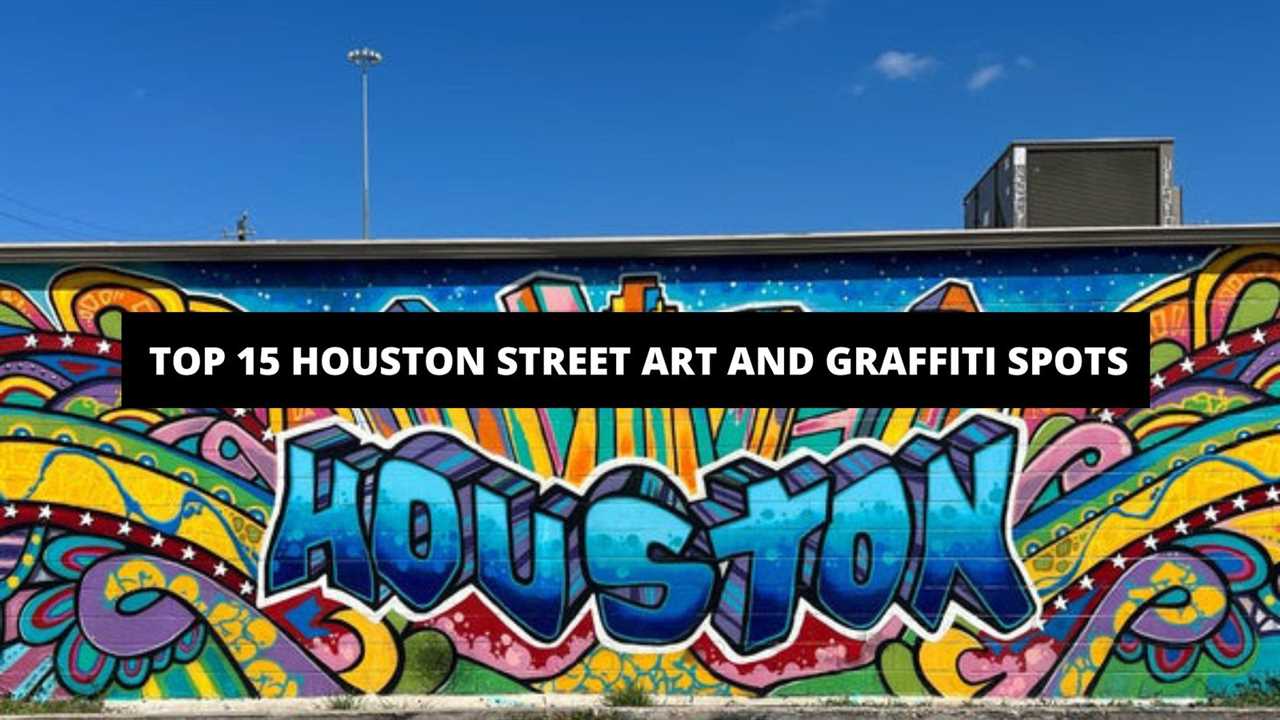
In the world of art, there has always been a divide between what is considered “traditional” art and what is seen as “street” art. Traditional art refers to the classical forms of art, such as painting and sculpture, that have been around for centuries. On the other hand, street art is a relatively new form of artistic expression that emerged from the urban environment.
One of the key differences between street art and traditional art is the location. Traditional art is often displayed in galleries and museums, where it is carefully curated and presented to an audience. Street art, on the other hand, can be found in public spaces such as streets, alleyways, and buildings. This means that street art is accessible to a wider audience and can be viewed by anyone who happens to pass by.
Another difference is the materials used. Traditional artists often work with high-quality materials such as canvas, oil paints, and marble. They spend years perfecting their techniques and honing their skills. Street artists, on the other hand, often have to make do with whatever materials they can find. They may use spray paint, stencils, and even discarded objects to create their artwork. Street art is often seen as more spontaneous and raw in comparison to the polished and refined nature of traditional art.
The subject matter of street art and traditional art can also differ greatly. Traditional art often depicts subjects such as landscapes, portraits, and historical events. It is often meant to invoke a certain emotion or tell a story. Street art, on the other hand, can cover a wide range of topics and often carries a social or political message. It can be used to challenge authority, express dissent, or draw attention to social issues that are often overlooked.
Despite these differences, it is important to recognize that both street art and traditional art have their own unique value and should be celebrated. They both contribute to the rich tapestry of the art world, each with its own distinctive style and purpose. While traditional art may be seen as more traditional and formal, street art brings a fresh and rebellious energy that continues to push the boundaries of artistic expression.
Section 5: The Impact and Influence of Street Art
Street art has had a significant impact on urban culture and society, influencing not only the visual landscape but also the way people interact with their environment. Here are some of the key ways in which street art has made an impact:
1. Cultural Expression and Identity
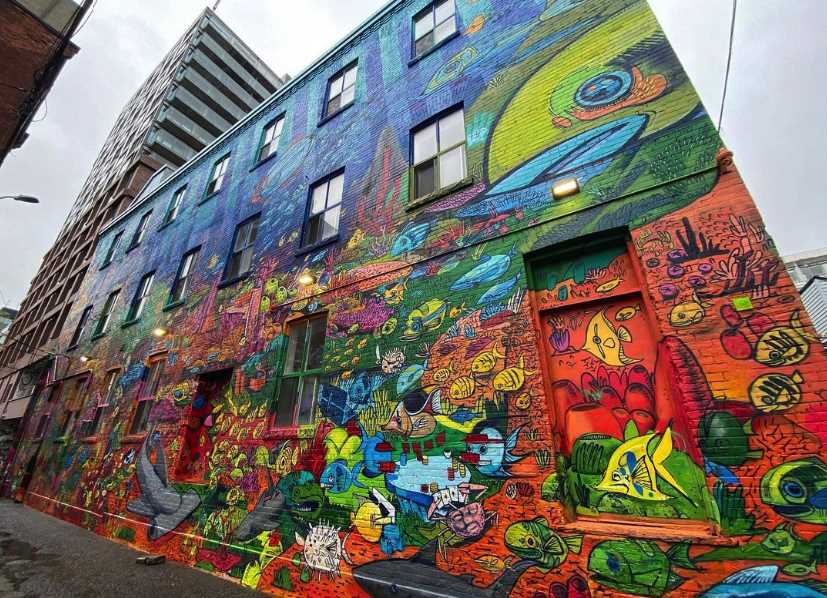
Street art is a powerful tool for cultural expression and identity, allowing artists to convey their messages and experiences directly to the public. It often reflects the local culture and history, providing a visual representation of the community’s values and identity. This form of artistic expression has become a way for marginalized groups and underrepresented communities to reclaim their space and voice.
2. Beautification and Revitalization
Street art has the ability to transform dull and neglected areas into vibrant and engaging spaces. By using vibrant colors and imaginative designs, street artists breathe new life into urban environments, making them more visually appealing and attractive. This can lead to increased foot traffic, tourism, and economic growth in neighborhoods that were previously overlooked.
3. Social Commentary and Activism
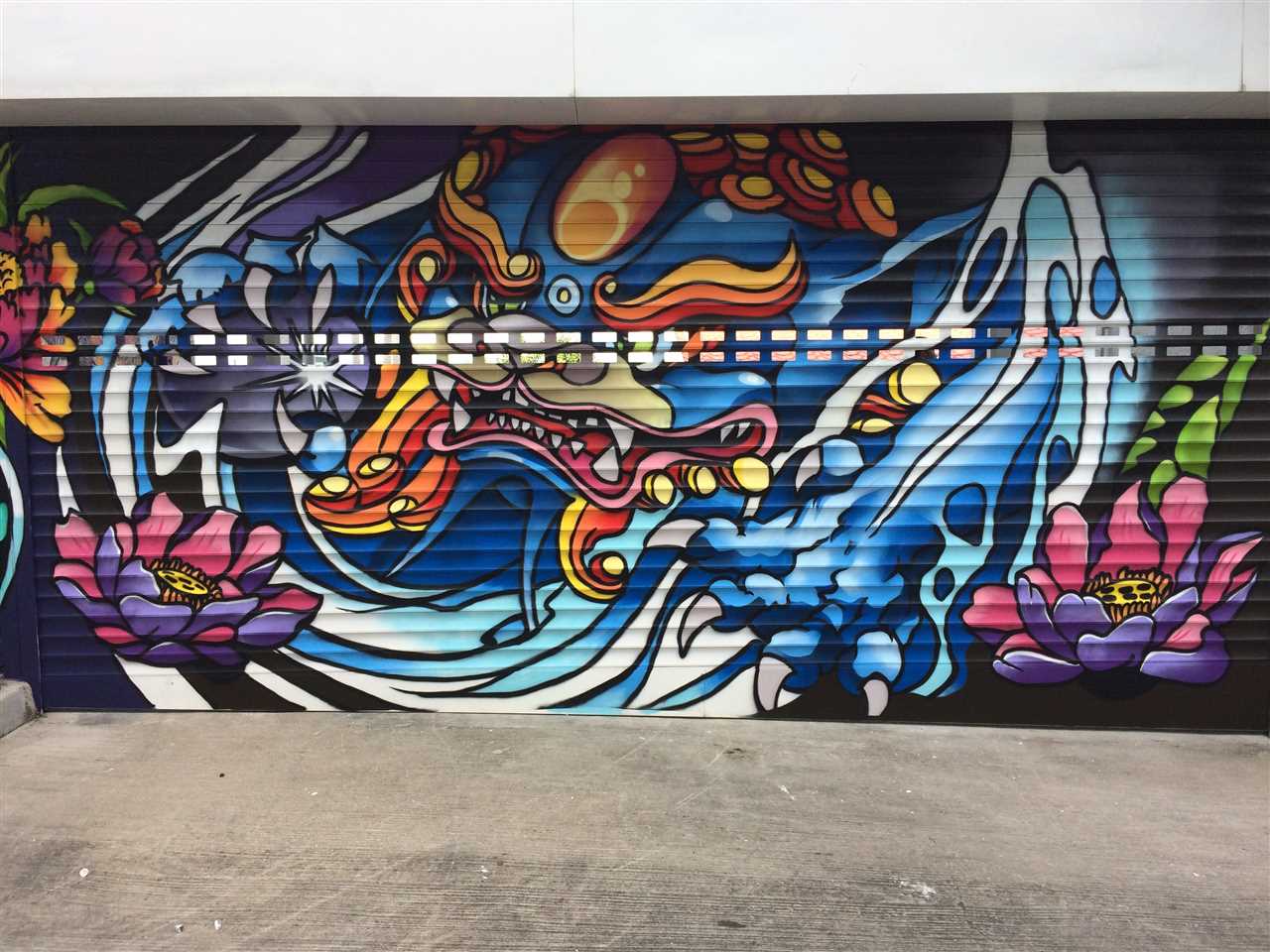
Many street artists use their work to engage in social commentary and activism, addressing important issues and challenging the status quo. Through thought-provoking murals and graffiti, they raise awareness about inequality, environmental concerns, political corruption, and other relevant topics. Street art has the power to spark conversations and create social change, as it reaches a wide audience that may not otherwise engage in these discussions.
4. Inspiration and Influence
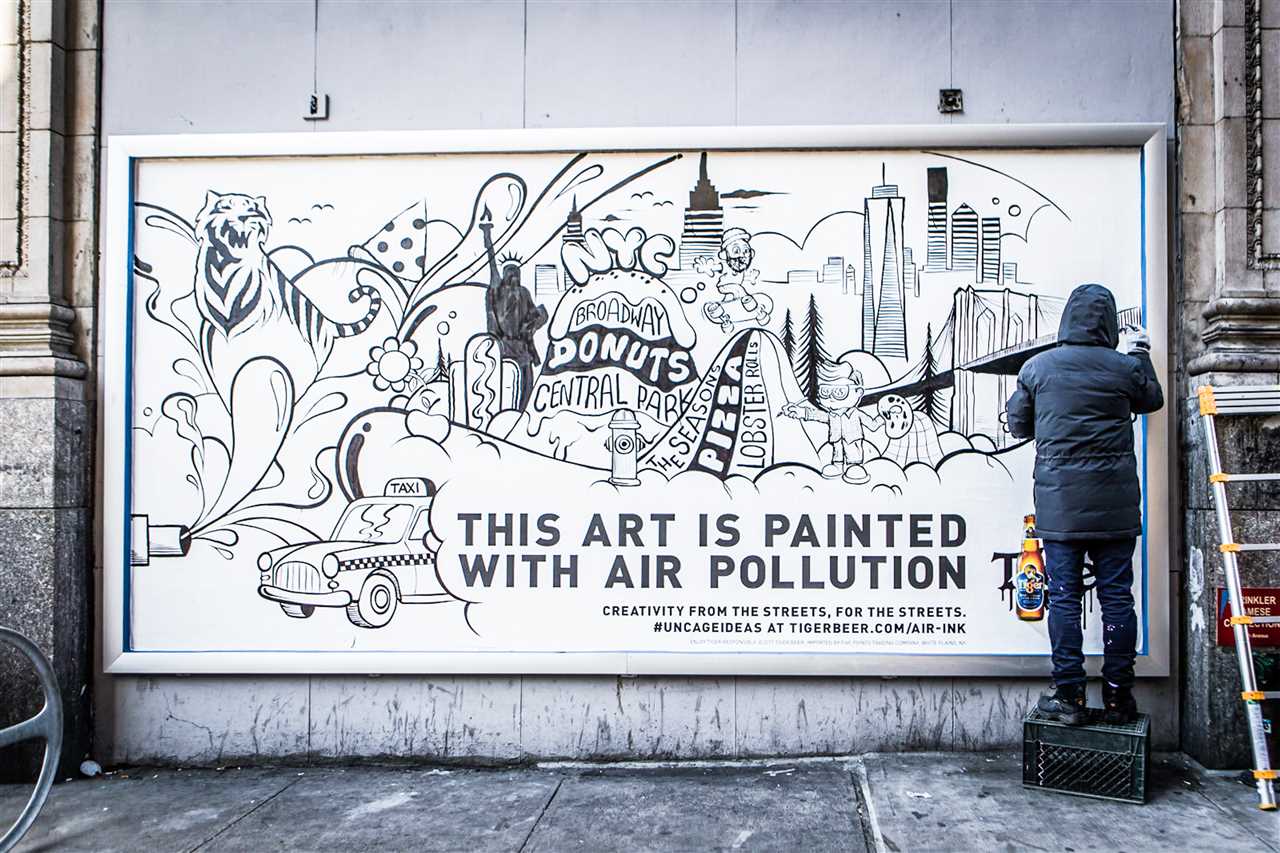
Street art has influenced and inspired other art forms and creative industries. Its bold and unconventional techniques have informed the work of contemporary artists, photographers, graphic designers, and fashion designers. Street art has also inspired new movements and styles within the art world, breaking traditional boundaries and pushing the limits of what is considered art.
Conclusion
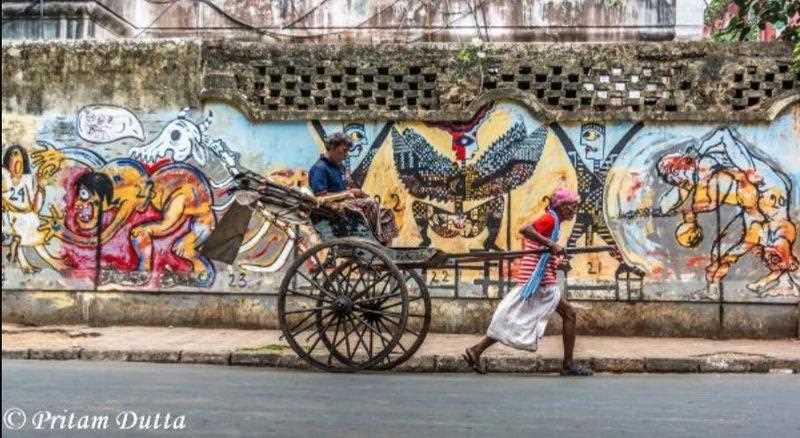
Street art is a powerful form of expression that has the ability to impact and influence urban environments, culture, and society at large. Through its cultural expression, beautification, social commentary, and inspiration, street art continues to shape and redefine contemporary urban creativity.
Section 6: Legal and Social Issues Surrounding Street Art
While street art and graffiti have gained popularity as forms of artistic expression, they also face various legal and social issues that surround their existence. These issues can vary depending on the location and context in which the art is created, but they often revolve around questions of property rights, vandalism, and public perception.
One of the main legal issues surrounding street art is the question of property rights. Street artists often create their work without obtaining permission from the property owner, which can lead to conflicts regarding ownership and control. Some property owners view graffiti as vandalism and seek to have it removed, while others may appreciate the artistic value and choose to preserve it.
Another legal issue related to street art is the distinction between graffiti and murals. While murals are considered legally protected forms of public art in many places, graffiti is often seen as illegal and subject to removal. This distinction can be subjective and lead to confusion and controversy over which works are considered acceptable and which are considered illegal.
Furthermore, the social perception of street art plays a significant role in the debate surrounding its legality. Some view street art as a form of expression and a way to beautify urban environments, while others see it as a form of vandalism that contributes to blight and decay. The public’s opinion can greatly impact the way street art is viewed by authorities and influence the policies and regulations surrounding it.
Attempts to regulate street art can also have social implications. While some cities have embraced street art and designated specific areas for artists to create legally, others have taken a more punitive approach, implementing strict enforcement and harsh penalties for graffiti. These policies can lead to the marginalization of street artists and further divide public opinion on the matter.
- Issues of property rights and ownership
- Legal distinction between graffiti and murals
- Social perception of street art
- Regulation and enforcement policies
Overall, the legal and social issues surrounding street art reflect the tension between artistic expression and property rights, as well as the broader debate over what constitutes art in public spaces. As the popularity of street art continues to grow, finding a balance between creativity and legality will be an ongoing challenge for artists, property owners, and society as a whole.
Section 7: Famous Street Artists and their Works
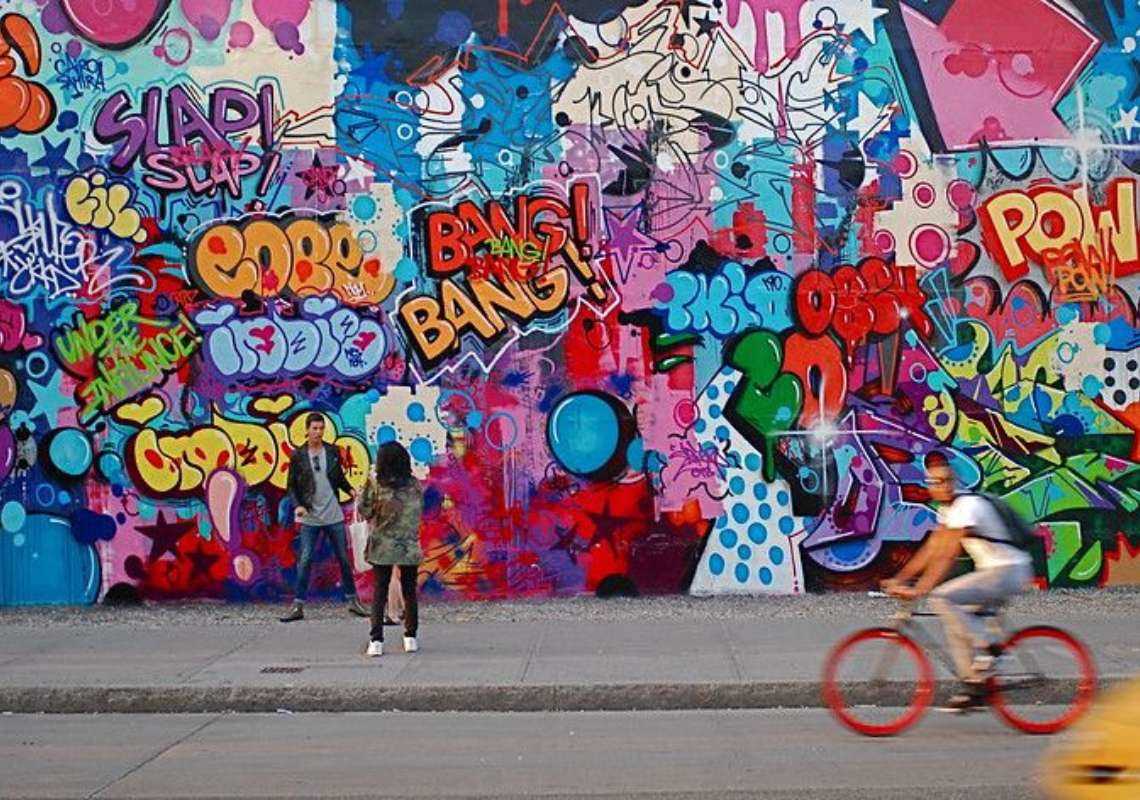
Street art has become a powerful medium for artists to express their creativity and provoke conversation. Here are some of the most famous street artists and their impactful works:
Banksy
Banksy is perhaps the most well-known street artist in the world. Known for his politically charged stencil art, Banksy’s work often comments on social issues and challenges the status quo. His anonymity adds an air of mystery to his art, making it even more intriguing.
Notable Works:
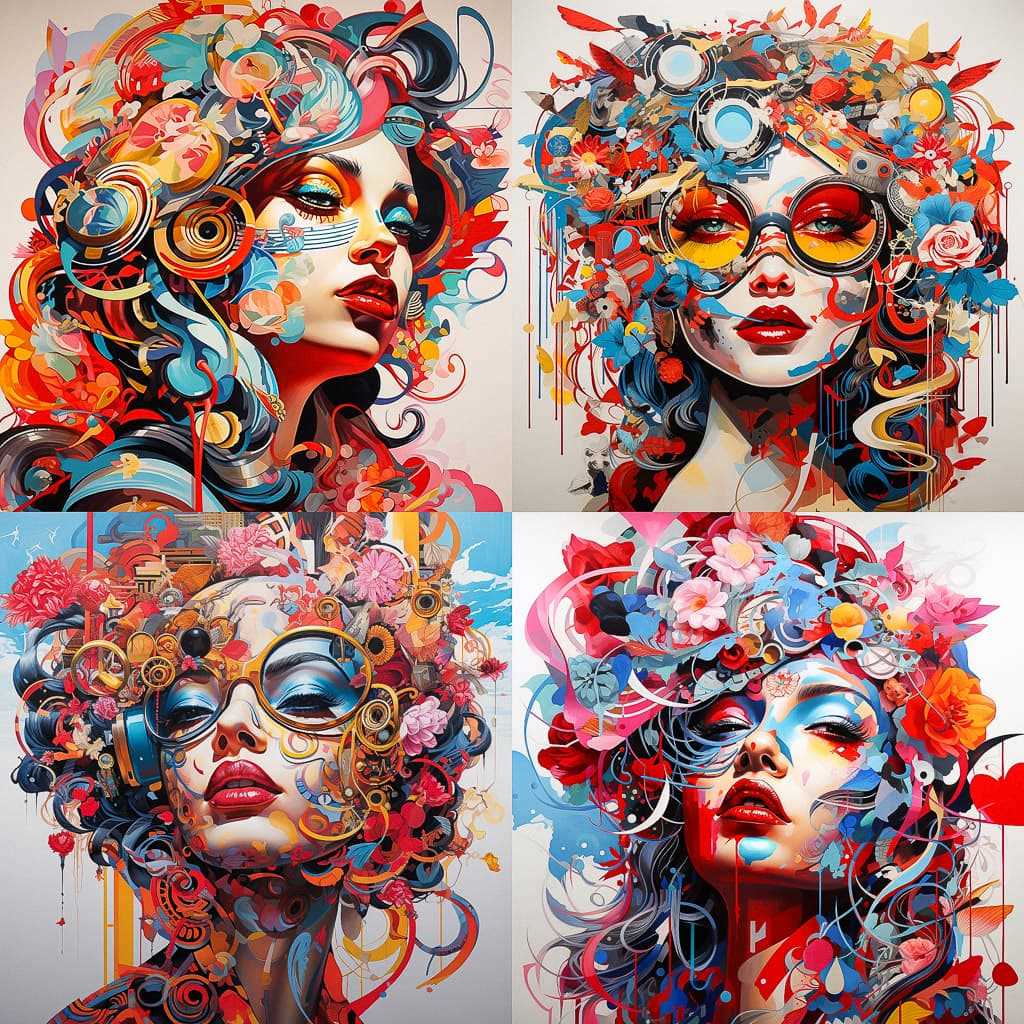
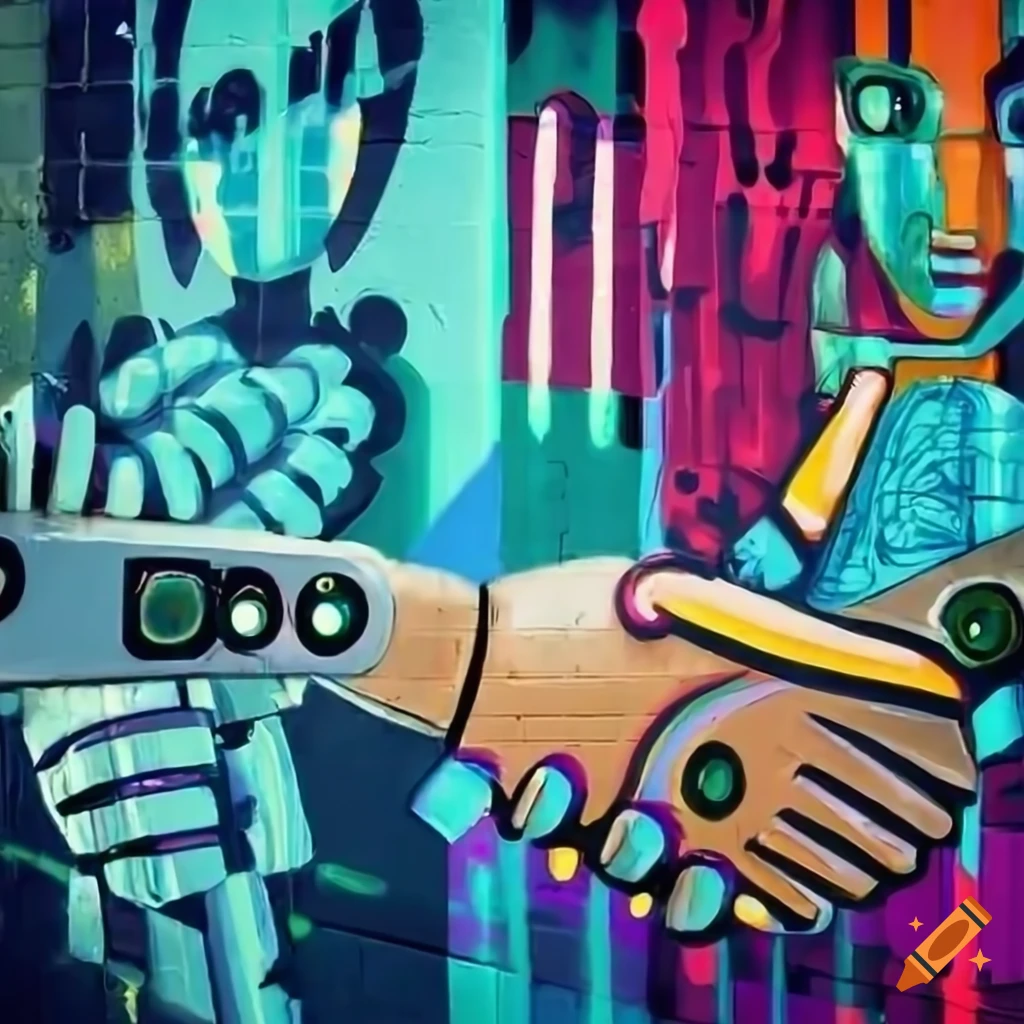
- Girl with a Balloon – A mural of a girl reaching for a red heart-shaped balloon, which has become one of Banksy’s most iconic and recognizable images.
- Love is in the Air – Depicts a masked protester throwing a bouquet of flowers, serving as a symbol of both love and resistance.
- Dismaland – A dystopian theme park created by Banksy, featuring a dark twist on traditional amusement park attractions.
Shepard Fairey
Shepard Fairey is an American street artist known for his iconic “Obey” campaign and the Barack Obama “Hope” poster. Fairey’s work often combines elements of political activism and pop culture references.
Notable Works:
- Andre the Giant Has a Posse – The sticker campaign that eventually evolved into the “Obey” campaign, depicting a stylized image of wrestler Andre the Giant.
- Hope – The iconic poster featuring Barack Obama’s face and the word “Hope”, which became an emblem of his presidential campaign.
- Peace Goddess – A mural depicting a peaceful female figure surrounded by flowers, symbolizing the power of peace and love.
Invader
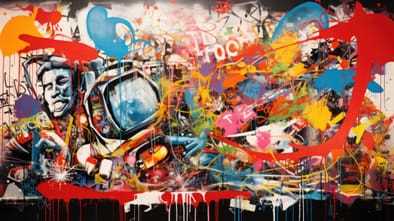
Invader is a French street artist known for his pixelated mosaic art inspired by video games. Invader’s artworks can be found all over the world, featuring characters from classic arcade games.
Notable Works:
- Space Invaders – Invader’s signature artwork, featuring pixelated space invaders characters scattered across various cities.
- Pacman Ghosts – Mosaics depicting the ghosts from the Pacman game, bringing a nostalgic touch to the urban landscape.
- Rubikcubism – Invader’s unique style of using Rubik’s cubes to create images, combining two popular icons of the ’80s.
These are just a few examples of the many talented street artists creating exceptional works. Their art brings life and creativity to urban environments, captivating audiences and transforming the world around us.
Section 8: The Evolution of Street Art: Murals
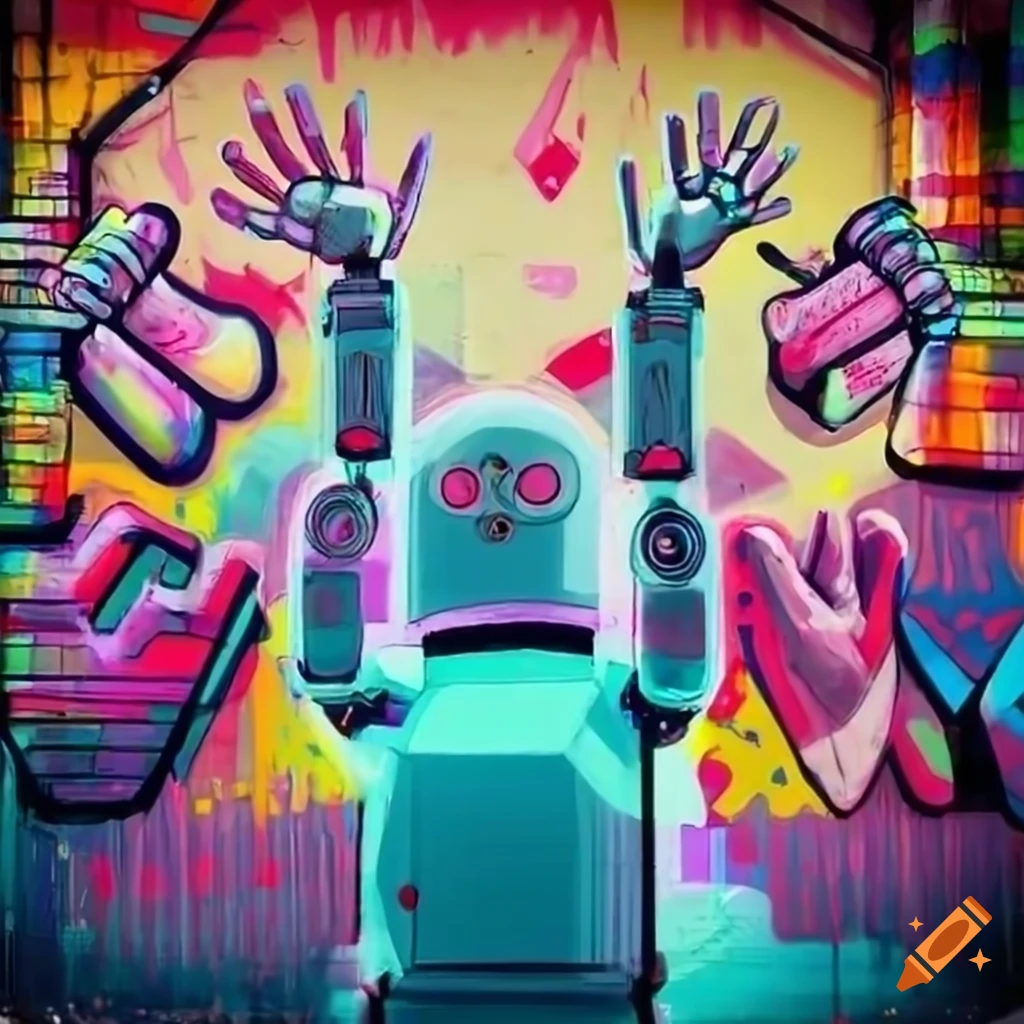
As street art continues to gain recognition and acceptance as a legitimate form of artistic expression, it has gone through its own evolution. One area of street art that has seen significant growth and transformation is murals. Murals have become a powerful medium for artists to communicate their messages and make a lasting impact on public spaces.
The Birth of Muralism
In the early 20th century, muralism emerged as a form of social and political expression. Artists used large-scale murals to depict historical events, social injustices, and cultural identities. This movement was particularly prominent in Mexico, with artists like Diego Rivera and David Alfaro Siqueiros leading the way. These murals became symbols of resistance and served as a visual language for the marginalized and oppressed.
Contemporary Approaches
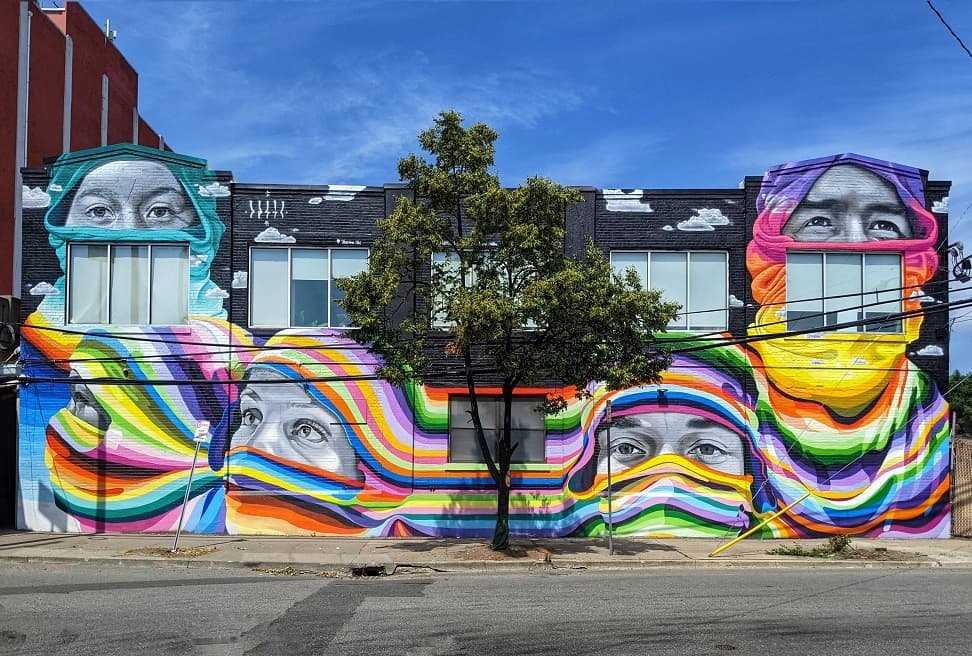
Today, street artists continue to use murals as a means of communication, but their approach has evolved. Instead of solely focusing on political statements, artists now explore a wide range of themes and styles. Murals can be whimsical, thought-provoking, or simply decorative, adding beauty to urban landscapes.
Many street artists collaborate with local communities, involving residents in the creation of murals that reflect their unique stories and histories. These community-based murals foster a sense of pride and ownership, transforming public spaces into vibrant, culturally rich environments.
The Impact of Murals
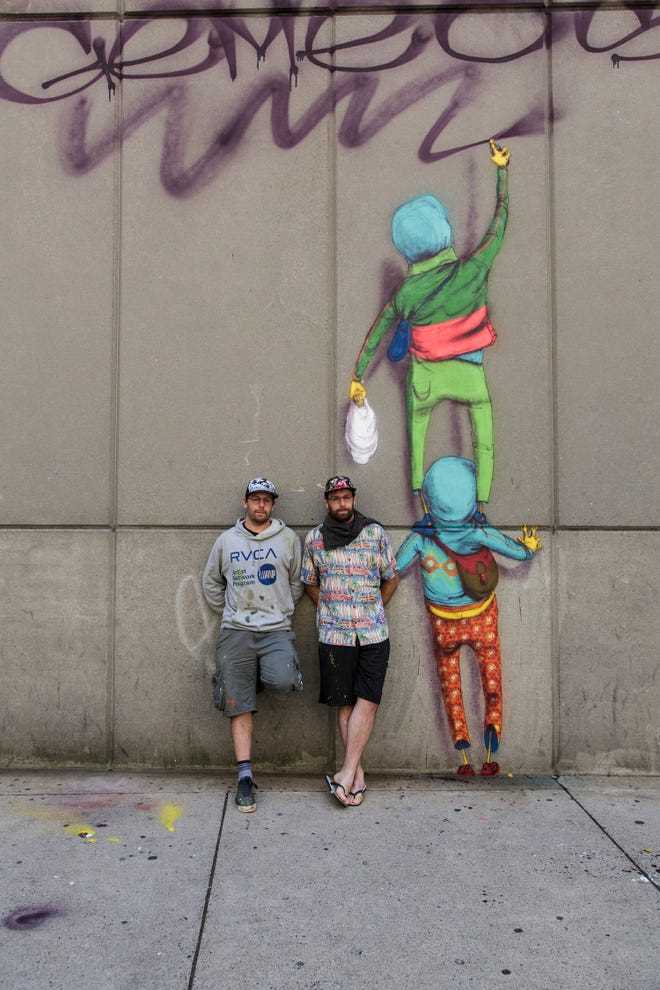
Murals have the power to transform neighborhoods, promoting creativity, dialogue, and connection. They brighten up gray concrete walls and alleys, injecting life and color into otherwise dull spaces. Murals can also serve as a tool for urban regeneration, attracting visitors, and boosting local economies.
| Benefits of Murals | Examples |
|---|---|
| • Beautification of urban areas | • The “Banksy Tunnel” in London |
| • Expression of local culture and identity | • The “Walls of Wynwood” in Miami |
| • Promotion of social issues | • The “Mural Mile” in Philadelphia |
With their ability to capture attention and spark conversations, murals have become an integral part of the street art movement. They continue to evolve, pushing boundaries, and challenging societal norms along the way.
Section 9: The Role of Technology in Street Art
Technology has had a significant impact on the world of street art, allowing artists to push the boundaries of their creativity and reach a wider audience. With the advent of digital tools and social media platforms, street artists have found new ways to express themselves and connect with their fans.
1. Digital Tools: Expanding Possibilities
Advancements in digital tools have revolutionized the way street artists create their work. With the use of tablets, digital painting software, and projectors, artists can experiment with different techniques and styles without the fear of permanent mistakes. They can easily undo and redo elements of their piece and quickly make adjustments to achieve the desired result.
Additionally, digital tools allow artists to create intricate and detailed pieces that may not be achievable through traditional graffiti techniques. They can use digital brushes and effects to add depth and texture to their work, resulting in visually stunning pieces that captivate viewers.
2. Social Media: A Platform for Exposure
Social media platforms like Instagram, Facebook, and Twitter have become powerful tools for street artists to showcase their work and gain exposure. Artists can share their latest creations with a global audience, instantly connecting with fans and potential collaborators. The ability to reach a wider audience has opened up new opportunities for street artists to collaborate with brands, galleries, and other artists, elevating the status of street art as a recognized form of artistic expression.
Furthermore, social media platforms have allowed street artists to build their own personal brands and cultivate a following. They can engage with their fans through comments, direct messages, and live streams, creating a sense of community and fostering a loyal fan base.

I am a mural enthusiast and a fervent admirer of street art. Rather than creating murals myself, I am passionate about collecting them. My love for street art knows no bounds. I am dedicated to curating and cherishing these artworks that grace the streets. My collection stands as a testament to my profound appreciation for this form of artistic expression.
read about me



